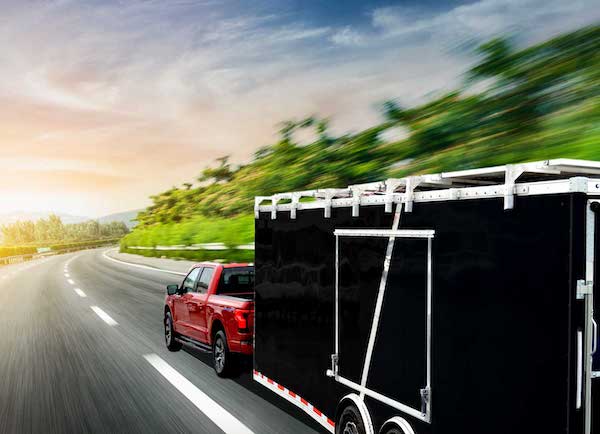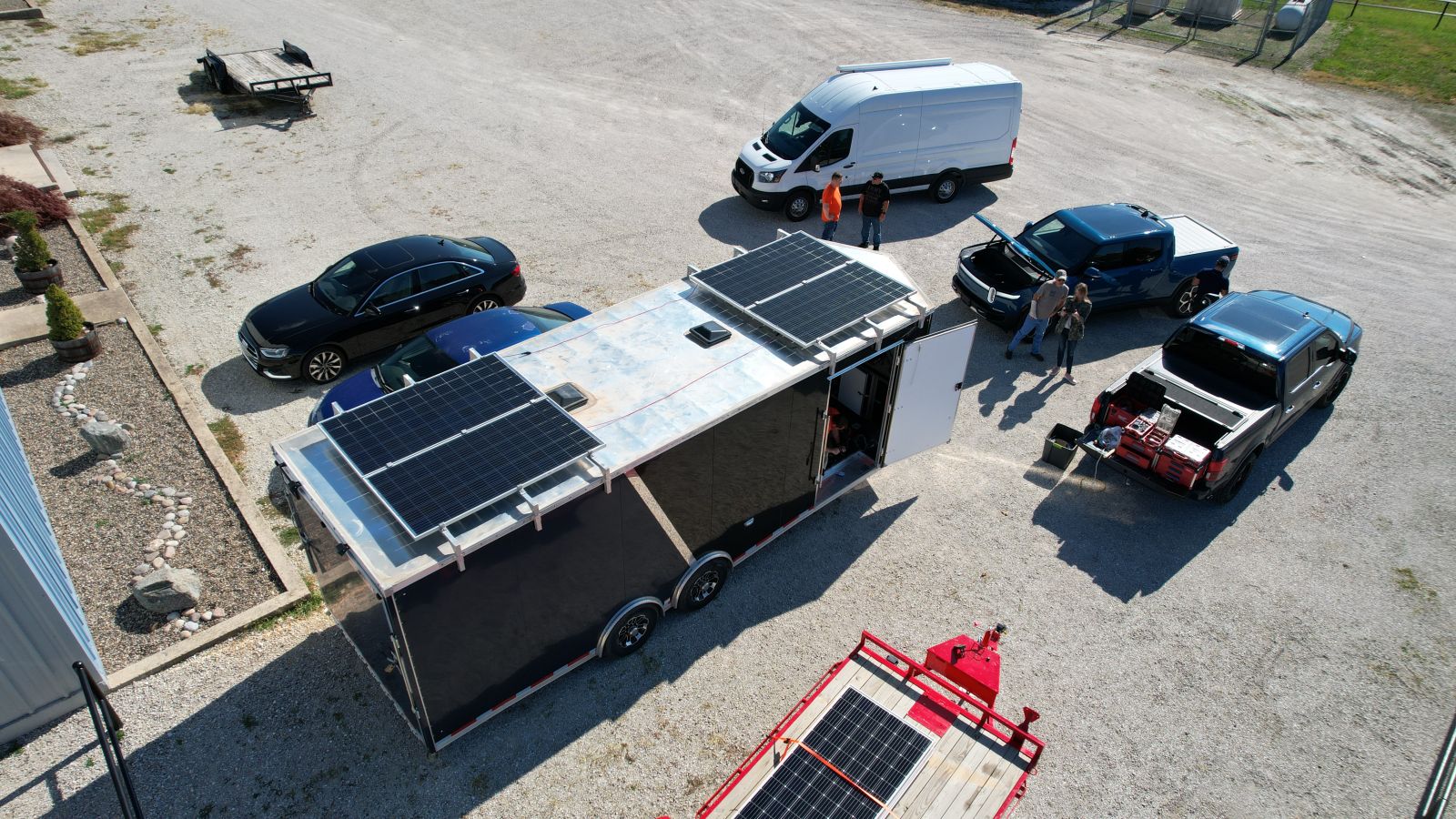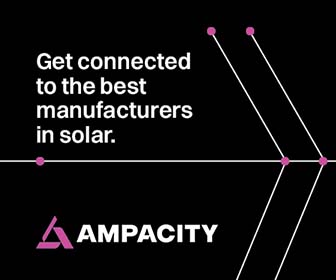Powering Your Job Site
For powering construction sites that are located within the city limits, on roadways, or remote locations, generators are an excellent choice. Whether purchased or rented, these generators work by using a fuel source – typically diesel or gas – to operate a motor that produces electricity. Relying on diesel or gas generators for the bulk of your construction site power, however, contributes highly damaging CO2, NOx, particulate, and watercourse pollution. As a result, the use of traditional generators is often restricted, and sometimes prohibited entirely.

Legislation like California’s gas generator ban (AB-1346) is set to go into effect in 2028. It follows a series of measures introduced to help wean Californians off fossil fuel and transition to more renewable energy to meet federal ozone standards. As other states follow suit, only those contractors able to effectively replace on-site fossil fuel generators with an emissions-free alternative will successfully find work in those states.
For small projects located within the city limits and next to power poles, it may be possible for contractors to connect to the existing electrical grid, which can supply a steady stream of power for construction machinery and tools. This is accomplished by making arrangements with the electric company prior to the start of the project. In this scenario, the power company sends a technician to the site to provide temporary power poles, wires and outlets, as well as a temporary electric meter or other equipment that will monitor and subsequently bill the contractor for electric usage.
Unfortunately, joining the existing power grid isn’t always possible. This is especially true if the construction site moves (in the case of roadways and railways), or if the site is located in an extremely remote area that doesn’t have utility poles nearby. Other complications include putting a drain on the local grid with strong power demands, and causing disruptions to the line during hookup.
Solar-powered generators provide an ideal solution. A well-sized solar generator can power as much as the average gas or diesel model; when connecting to the grid isn’t feasible, a temporary solar panel installation may be able to provide the needed power construction sites.

Portable, direct solar energy systems are just now entering the market, with exciting possibilities. These permanent systems mount to the cargo containers, box trucks, and trailers you already own, making them mobile enough to take along to any job site.
Some DIY kits install in about two hours, and can connect back to the grid or to a battery source of your choice for energy production at night. They can support 1200-3000 watts of energy, and are a fraction of the cost of other renewable energy sources for powering job sites.
Not only are solar panel installations environmentally friendly, but they’re a great way to reduce carbon emissions and lower fossil fuel consumption. Once the panels are in place, they can be used to charge certain power tools, and even operate large and small pieces of machinery. You can continue benefiting from energy production after sunset through net metering and proper solar battery storage.
Luke Phelps is Founder and CEO at Vroom Solar, which offer solar-direct kits with adjustable mounting and load-management technology.
Vroom Solar | vroomsolar.com
Author: Luke Phelps
Volume: 2023 March/April










.png?r=7194)

